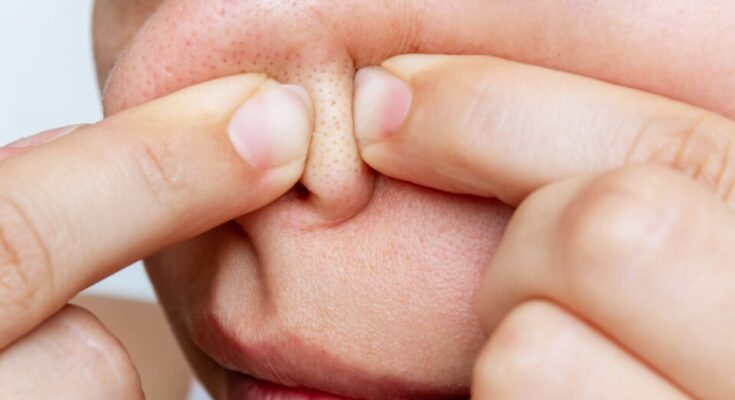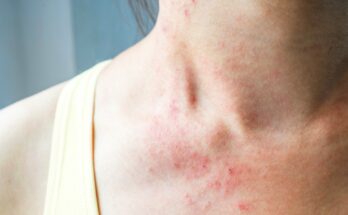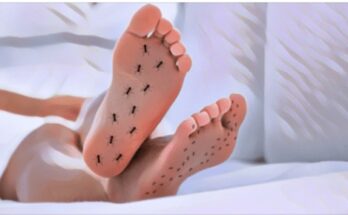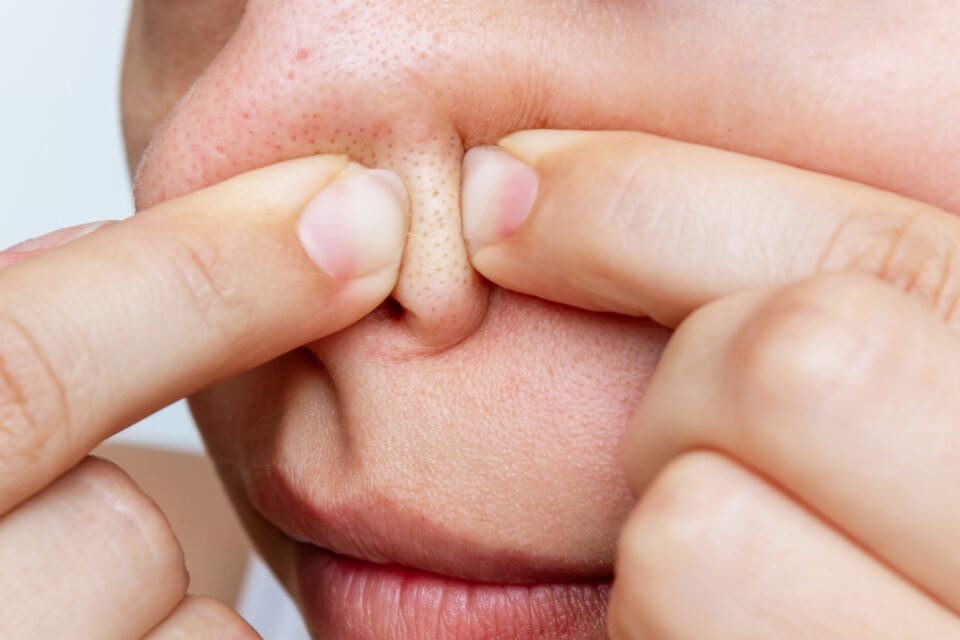
SB.. Best 15 Tips For Squeezing Blackheads On Nose
Blackheads are a common skin concern for people of all ages. They form when hair follicles become clogged with excess oil, dead skin cells, and dirt, leading to small, dark bumps, most commonly on the nose. While they are not harmful, blackheads can be frustrating and difficult to manage. In this guide, we will share the 15 best tips for safely treating blackheads on the nose, helping you maintain clear, healthy skin.
1. Cleanse Your Skin Regularly
Proper cleansing is the foundation of any skincare routine. To prevent blackheads, it’s essential to clean your face thoroughly at least twice a day using a gentle cleanser. Cleansing removes excess oil, dirt, and dead skin cells, preventing them from clogging pores.
Expert Tip:
Look for a non-comedogenic cleanser, which is formulated not to clog pores. This is crucial for managing acne and blackhead formation.
2. Use a Salicylic Acid Cleanser
Salicylic acid is a beta-hydroxy acid (BHA) that penetrates deep into the pores to break down oils and clear blockages. Incorporating a salicylic acid cleanser or toner into your routine can help keep your pores clear and reduce blackheads over time.
Official Source:
According to the American Academy of Dermatology (AAD), salicylic acid is effective in treating acne and blackheads by exfoliating the skin and keeping pores clear.¹
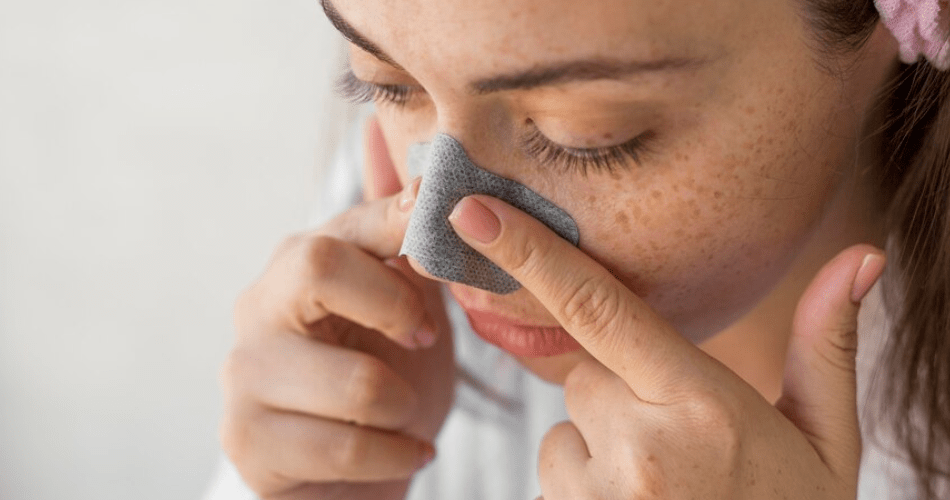
3. Exfoliate Your Skin Weekly
Exfoliation helps remove the top layer of dead skin cells, which can accumulate and block pores. Use a gentle exfoliant once or twice a week to keep your skin smooth and prevent blackheads from forming.
Expert Tip:
Avoid harsh scrubs with large particles, as they can irritate the skin and make blackheads worse. Choose a chemical exfoliant containing AHAs or BHAs for a gentle, effective solution.
4. Steam Your Face Before Extraction
If you plan to remove blackheads manually, it’s important to open your pores first. Steaming your face can help soften the skin and loosen the debris inside your pores, making blackhead extraction easier and less damaging.
How to Steam:
Simply hold your face over a bowl of hot water or use a facial steamer for 5-10 minutes before extracting blackheads.
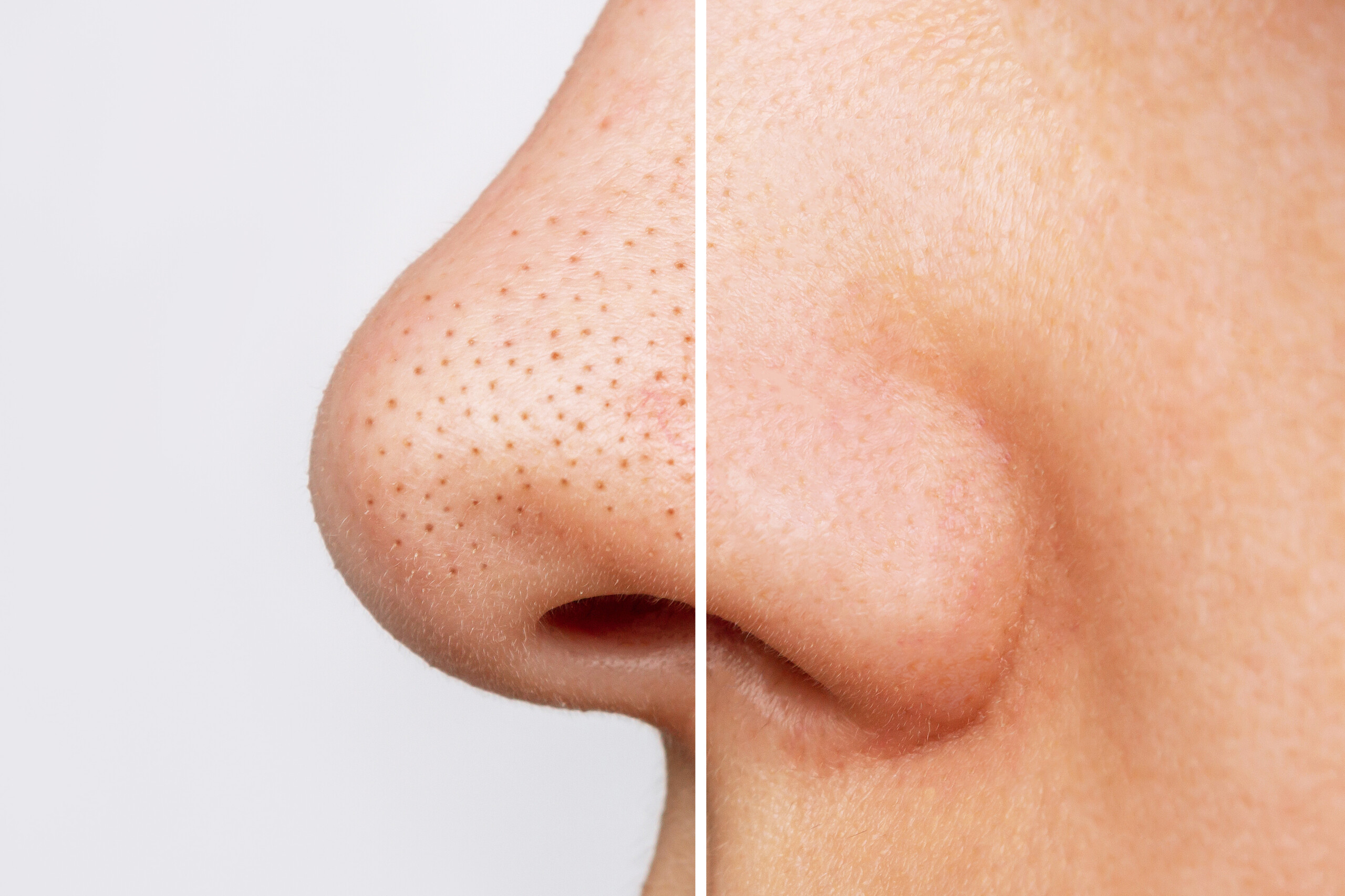
5. Avoid Squeezing Blackheads Without Proper Tools
While it’s tempting, squeezing blackheads with your fingers can push bacteria and oil deeper into your pores, leading to more breakouts and scarring. Instead, use sterilized comedone extractors or visit a dermatologist for professional extractions.
Official Source:
The American Dermatological Association recommends using appropriate tools or seeking professional help to avoid complications.²
6. Apply a Clay Mask
Clay masks, especially those containing bentonite or kaolin clay, are effective at drawing out impurities from the skin. These masks absorb excess oil and help tighten pores, preventing the buildup of debris that can lead to blackheads.
Expert Tip:
Use a clay mask once or twice a week to help keep your skin clear. Be sure to follow up with a moisturizer to prevent your skin from becoming too dry.

7. Moisturize Your Skin Regularly
Many people with oily skin avoid moisturizing, but this can worsen blackheads. When your skin is deprived of moisture, it can produce more oil to compensate, increasing the likelihood of clogged pores. Use a lightweight, oil-free moisturizer to keep your skin balanced and hydrated.
Expert Source:
The AAD advises that moisturizing is an important step in any skincare routine, even for oily and acne-prone skin.³
8. Use Retinoids for Preventing Clogged Pores
Retinoids, such as retinol, are derived from Vitamin A and can help prevent the buildup of dead skin cells inside pores. Using a retinoid treatment can promote skin turnover, keeping pores clear and reducing blackheads.
Official Source:
The National Institutes of Health (NIH) states that retinoids are one of the most effective treatments for acne and blackheads by increasing skin cell turnover and preventing pore blockages.⁴

9. Incorporate Niacinamide in Your Skincare Routine
Niacinamide, also known as Vitamin B3, has anti-inflammatory properties and can help regulate sebum production. This helps prevent excess oil buildup, which is one of the leading causes of blackheads. It also helps to reduce the appearance of pores over time.
Expert Tip:
Look for a serum or moisturizer containing 5% niacinamide for optimal results.
10. Avoid Touching Your Face
Your hands come into contact with dirt, oil, and bacteria throughout the day. Touching your face can transfer these impurities onto your skin, leading to clogged pores and blackheads. Be mindful of touching your face unnecessarily.
Official Source:
The Centers for Disease Control and Prevention (CDC) advises against touching your face to reduce the risk of spreading bacteria and other contaminants.⁵
11. Use Pore Strips Cautiously
Pore strips can provide a quick solution for blackhead removal, but they are not recommended for regular use, as they can irritate the skin. Use them sparingly, and always follow up with a moisturizer to soothe the skin.
Expert Tip:
If you choose to use pore strips, ensure that your skin is clean and steamed first to minimize irritation.

12. Consider Professional Treatments
For stubborn blackheads that don’t respond to at-home remedies, consider professional treatments like extractions, chemical peels, or microdermabrasion. These procedures can deeply cleanse pores and help prevent blackheads from forming.
Official Source:
The American Society for Dermatologic Surgery (ASDS) recommends visiting a licensed dermatologist for professional extractions to ensure that blackheads are safely removed.⁶
13. Stay Hydrated
Drinking plenty of water helps maintain the health of your skin by keeping it hydrated and flushes out toxins. Hydration helps regulate oil production and prevents dry skin, which can exacerbate blackheads.
Expert Source:
According to Harvard Health, staying hydrated is crucial for maintaining skin elasticity and preventing dryness that leads to clogged pores.⁷
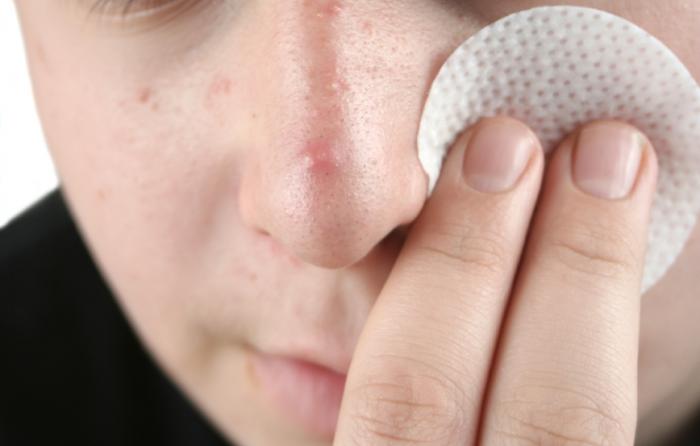
14. Eat a Balanced Diet
A diet rich in fruits, vegetables, and healthy fats can improve your skin’s appearance by providing essential nutrients. Avoid excessive consumption of sugary or fatty foods, which can increase oil production and lead to blackhead formation.
Official Source:
The Academy of Nutrition and Dietetics suggests that a balanced diet supports healthy skin and may help reduce acne-related issues.⁸
15. Be Patient and Consistent
Treating blackheads takes time and consistency. Stick to your skincare routine, and give treatments a few weeks to show visible results. Avoid the temptation to squeeze or pick at your skin, as this can make the problem worse.
Expert Tip:
The American Academy of Dermatology advises patience when treating acne and blackheads, as rapid changes can often worsen the condition.
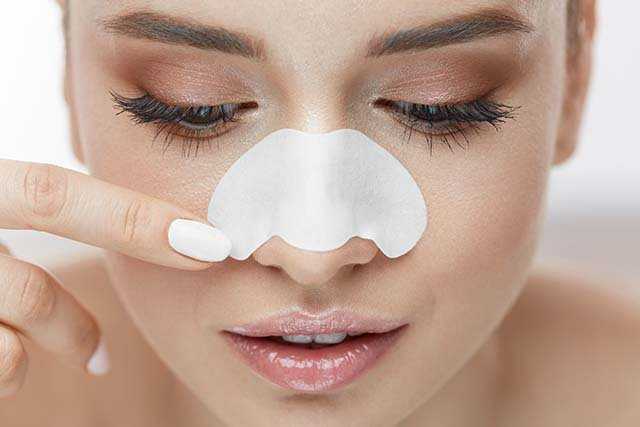
Conclusion: Maintaining Clear, Healthy Skin
Blackheads on the nose are a common but manageable skincare concern. By following these tips, including maintaining a regular skincare routine, using targeted treatments, and seeking professional help when necessary, you can effectively manage blackheads and achieve smoother, clearer skin. Remember, consistency is key, and when in doubt, consult a dermatologist for personalized advice and treatments.
References:
- American Academy of Dermatology (AAD) – Salicylic Acid for Acne
- National Institutes of Health (NIH) – Retinoids and Skin Care
- Centers for Disease Control and Prevention (CDC) – Skin Health and Hygiene
- Harvard Health – The Importance of Hydration for Skin
- Academy of Nutrition and Dietetics – Nutrition for Healthy Skin
